The Co-operative Food is to focus ruthlessly on like-for-like growth and store openings, putting market share on the back burner as a performance metric.
As it bids for leadership in the competitive convenience market, the retailer will invest heavily in prices, range and product improvement as well as store makeovers as it seeks to almost double sales per sq ft to match the £25 typically generated by convenience rivals such as Tesco and Sainsbury’s.
The Co-op intends to add at least 150 stores a year to create an estate of 4,000 or more compared to 2,800 at present, 2,000 of which can carry a full convenience offer, Co-operative Group retail chief executive Steve Murrells revealed.
The focus on convenience - a market forecast by IGD to be worth £46.2bn by 2018 compared to £35.6bn last year - comes amid a dramatic restructure at group level as the organisation prepares to report a £2bn full year loss.
The grocer will totally or partially remodel over 1,000 branches this year to its Generation2 format. The 20 such stores open at present have been delivering strong growth, according to The Co-op.
Murrells said market share data such as that provided by Kantar was no longer a suitable lens through which to view the Co-op or measure its success as it quits bigger stores, which feature strongly in grocery market share data.
Murrells said: “We’ll measure ourselves on like-for-likes and the sheer number of stores we open.
“It’s about more shops of a smaller size in a channel [convenience] which is growing.
“As we exit larger stores we know our square footage will go backwards and market share paints a wrong picture on square footage.”
The Generation2 stores have delivered like-for-like sales growth of as much as 14% over the last 12 weeks compared to a Co-op total of less than 1%.
The in-store changes, designed to cater for convenience shopping needs such as top-up and ‘food for tonight’, have been accompanied by range rationalization and the relaunch of products under the own-brand Loved By Us.
Sales of hero category products such as sandwiches, pizzas and ready meals have risen by 14%, 15% and 18% respectively over the last four months. “We had fallen out of love with food, especially own-brand,” Murrells said. “Innovation and quality will be very much in the DNA of the food team.”
Murrells said this year there will be a big investment in price, paid for by efficiencies being made across the business. The Co-op has traditionally had high gross margins and low net margins, indicative of the opportunity to make cost-savings and fund lower prices.
Murrells said: “The biggest barrier to shopping with us is price. We’ve started to address that and we want to go faster this year. It will be real investment, not Harry Houdini investment.”
He said that while, aside from convenience, online is also a fast-growing area of retail the Co-op’s immediate focus will be on its stores. “We want to get bricks right first, then get into clicks at the right time,” said Murrells.
He said it would be necessary to find a way to “do clicks in a convenience space” rather than create a “me-too” food ecommerce business.
In the last 12 weeks the Co-op’s convenience sales rose 3.5% compared to just over 1% across the business.
Conlumino analyst George Scott observed: “The long-term view is that the Co-op will undoubtedly continue to face challenges in reversing its fortunes, but it is on the right path.
“Strategic changes will undoubtedly take time to take effect across its vast estate, but it recognises its weaknesses and its transformation programme offers more promising foundations for a business model that is no longer match fit.”





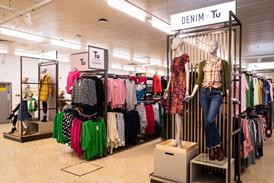
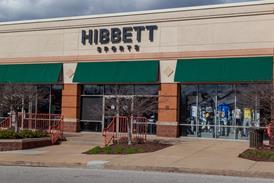



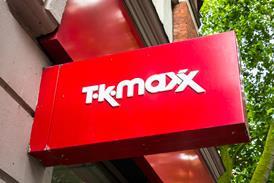
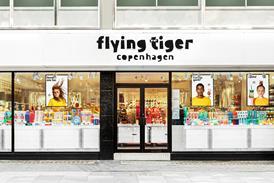






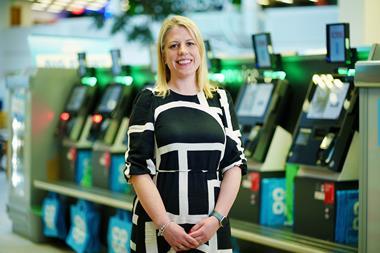
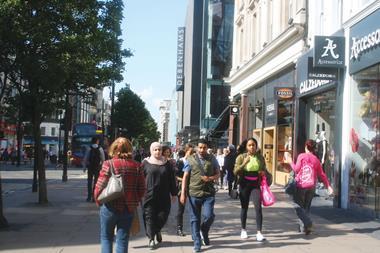

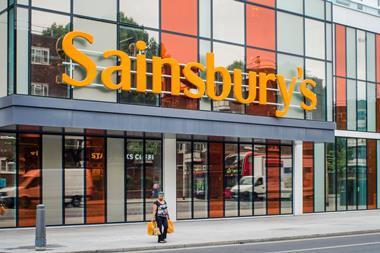
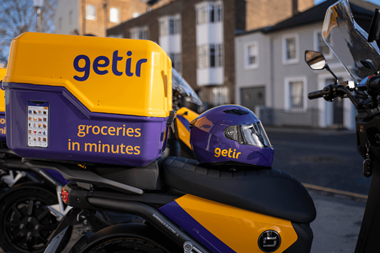

No comments yet